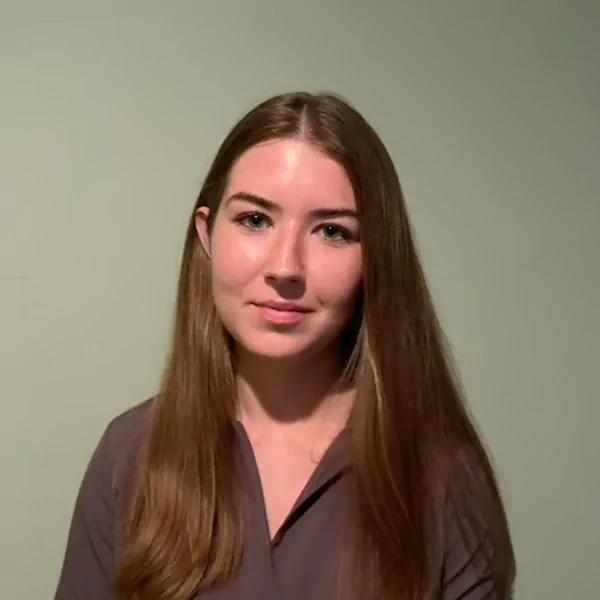Suzanne Oel – Division 4
Greetings! Sharing my News Update…
Water Use: Since we are dealing with many water projects in Division 4, a bit of background on this topic may be of interest… While three levels of Government have laws governing water, all water in Alberta is owned by the Crown and managed by the province, regardless of whether it occurs on public or private land. Activities impacting water are regulated under the provincial Water Act. With major population and a constrained water supply in Southern Alberta, water is a highly prized commodity, as well as the essence of life that must be managed carefully with a balance for maintaining environmental objectives and needs of other users. The topic of water management is complex. Simply stated, permission is required to use water for municipal, agriculture (including irrigation), commercial and industrial uses. A certain amount for rural household use, traditional agricultural use, surface water for grazing livestock and fire-fighting does not require permission in the form of a water licence approval. All these types of uses exist in Foothills County. Whether landowners are developing a project or communities are securing communal systems, a water licence is part of the equation. A few things need to be in place to provide water service to communities: a supply of water, the permission to use that water, and infrastructure to move and treat the water (for drinking/potable water).
What is a Water Licence? Under the provincial Water Act, a water licence is required for any individuals, companies or municipalities wanting to use or divert ground or surface water in Alberta. Since August 2006, portions of the South Saskatchewan River Basin (one of the seven major river basins in Alberta) have been closed to new water licence applications except for First Nations, Water Conservation Objectives and approved management plan water storage. This moratorium on the issuing of new water licences has created Canada’s first market- based system to transfer/trade water licences. Albert Environment & Parks (AEP) is the permission grantor of these Licences.
The current water allocation management system establishes priority based on “first in time first in right”, providing some certainty for users that have invested in water licences. During times of shortage, senior licence holders are entitled to their allocation of water before more junior licence holders, regardless of type of use. However, there are provisions in the Water Act that allow situations to be addressed in case of emergency. Also of note, not all the water that is allocated is consumed.
AEP keeps all these moving parts in mind when they approve water licence transfers, approvals and registrations. Before a water licence is issued to divert and use surface or groundwater, AEP considers: the water source, location of the diversion site, volume-rate-timing of the water to be diverted, priority of the water right established by the licence, purpose of the water, any conditions the diversion must adhere to, natural water supply, needs of the environment, existing licences and apportionment agreements. (Alberta is required to send 50% of surface water to our neighbouring province, Saskatchewan, through our Master Agreement on Apportionment – 1969). If the water licence application is approved, the applicant is granted a licence for a specific water allocation, including the amount, time of diversion, rate and location.
Transfer of a Water Allocation: Alberta’s Water Act allows the transfer of the right to divert a volume of water from a source of water supply, under a certain priority. This type of transfer is voluntary, with a willing seller and willing buyer. The Alberta government reviews permanent and temporary transfers. With a temporary transfer, the transferred allocation reverts to the original licence after a specified time period. The government can holdback up to 10 percent of the water in a permanent or temporary allocation transfer, which can remain in the natural water body or be held in a Water Conservation Objective licence and will not be available for reallocation for other uses.
Other Important Water Topics: Discussions continue at all levels of government with citizens, regarding: who gets the water – competition of uses, cost of the water licence market, other sources of water such as inter-basin transfers, planning for the growth of population, reuse of water, use of grey water, water conservation, return flows, drinking water security, watershed management plans, source water protection plans, storm water management, water shared between provinces, water storage to assist with drought, mitigation measures to deal with flood, rain water storage, provincial and federal water jurisdiction, and more.
Information Sources: AEP, Alberta Facts About Water, Alberta water legislation and guidelines, Alberta Water Portal. Much more detail can be found by searching these and other sites: www.alberta.ca/water-legislation-and-guidelines.aspx, albertawater.com/water-licences-transfers-and-allocation/
For Other News & Updates:
Facebook: www.facebook.com/CouncillorSuzanneOel/
Email: Suzanne.Oel@FoothillsCountyAB.ca
Enjoy the beautiful Fall colours!
Suzanne


























